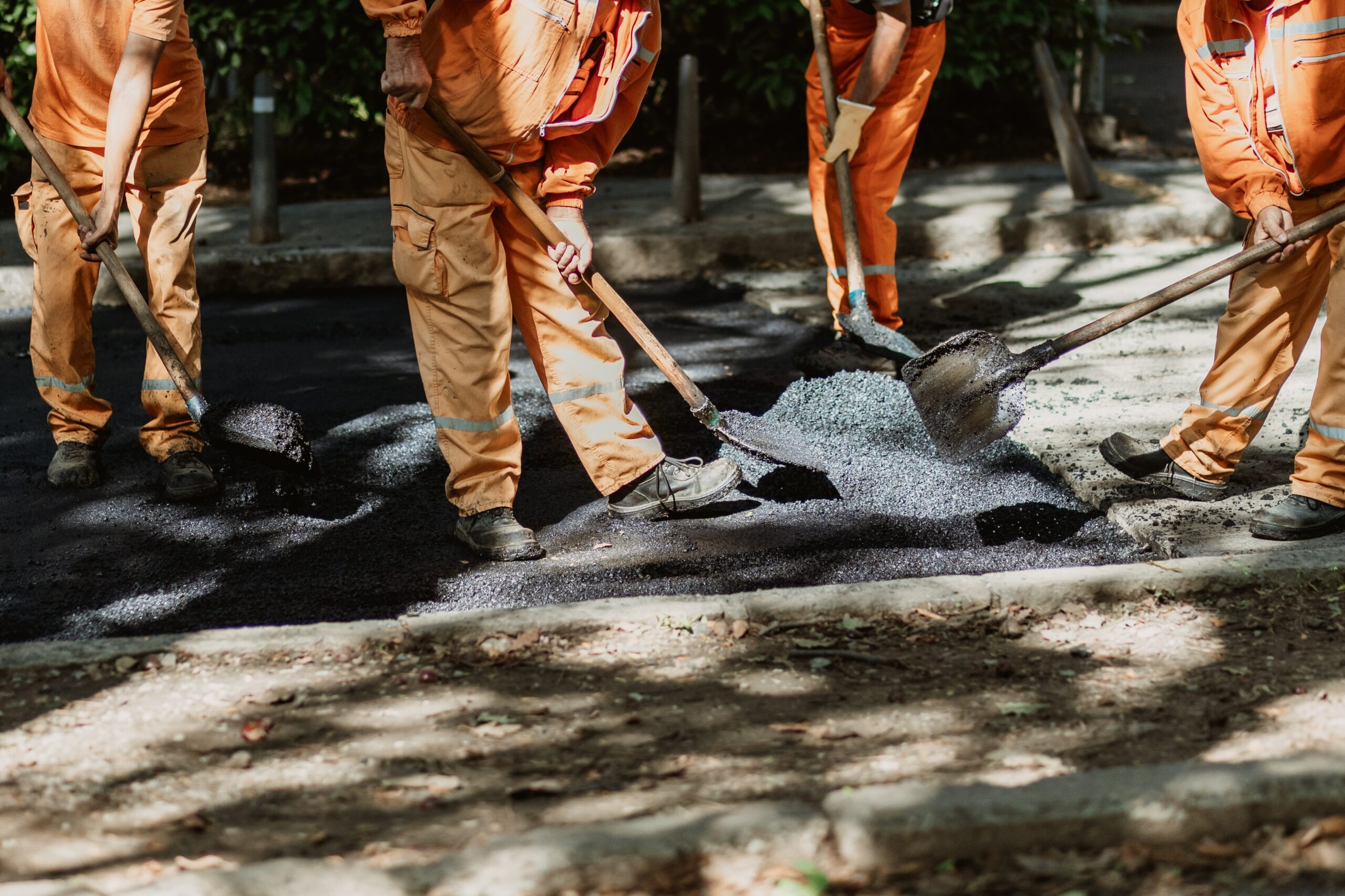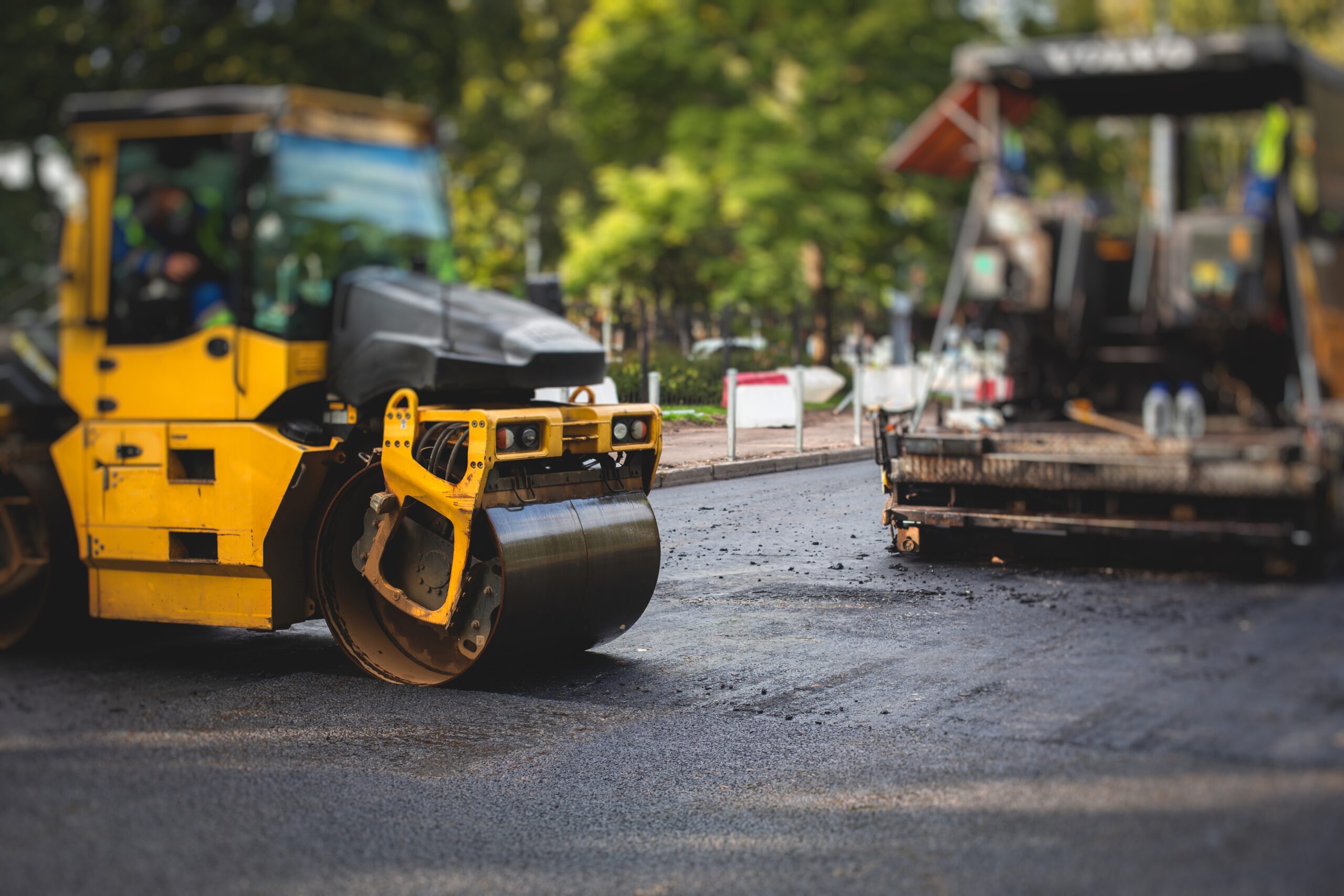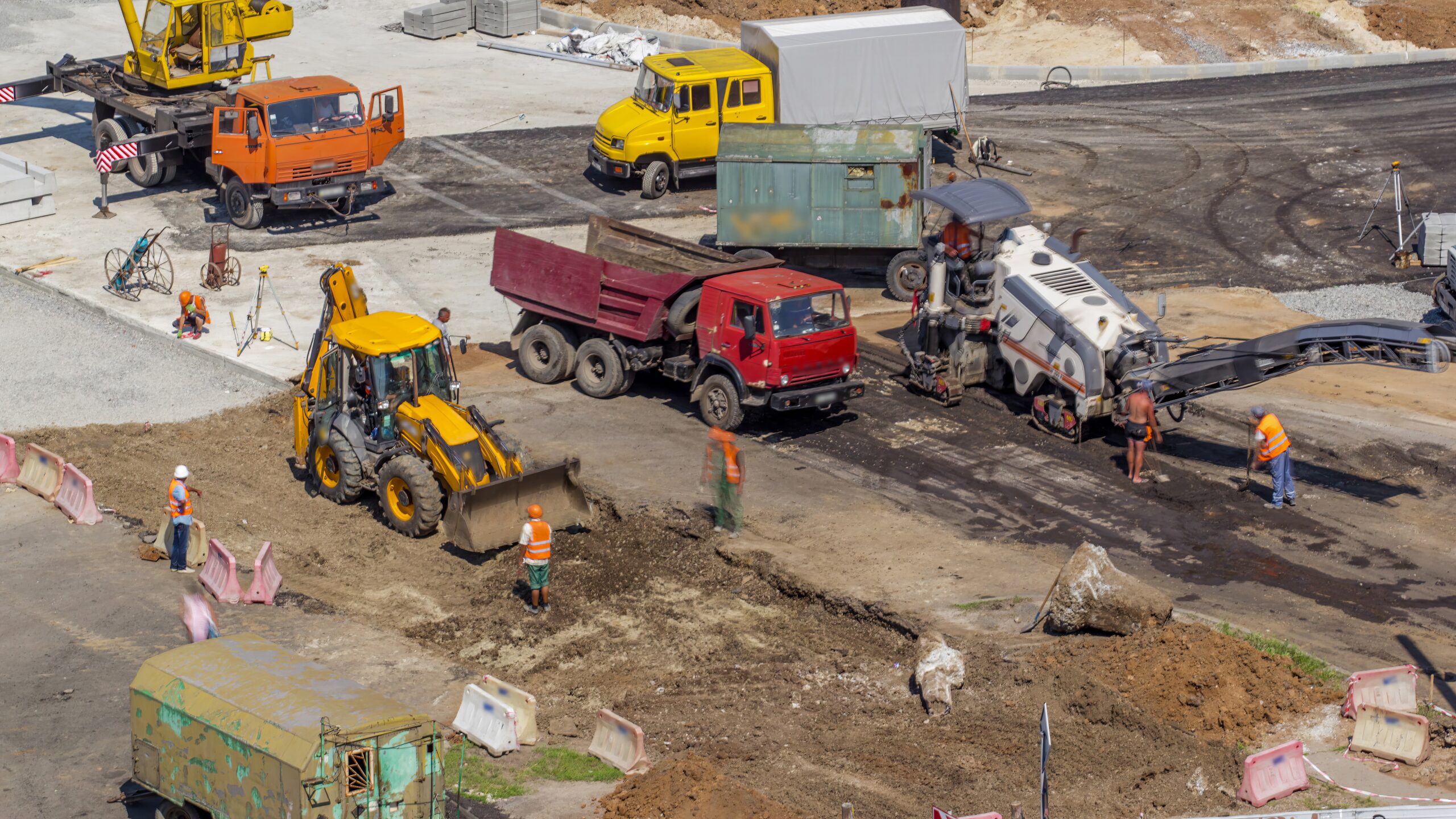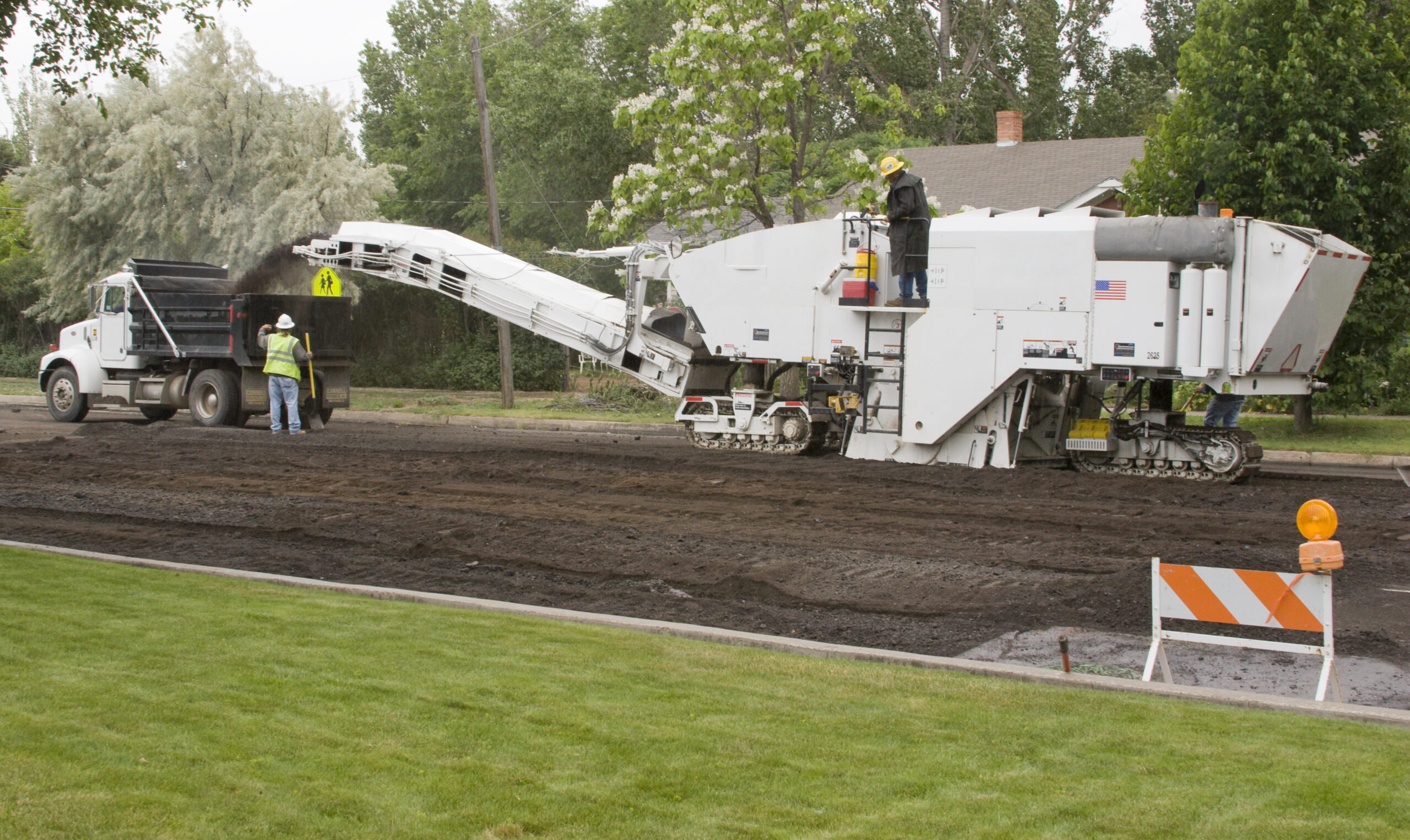
Over time, asphalt surfaces degrade due to continuous vehicular load, environmental exposure, and oxidation. Surface distress, manifesting as alligator cracking, rutting, ravelling, and pothole formation, compromises both structural integrity and safety. When conventional patching fails to provide a sustainable solution, asphalt milling emerges as the most efficient method for surface rehabilitation.
Asphalt milling, also known as cold planning, is a precision-controlled process that removes a predetermined depth of asphalt pavement using high-performance milling machines. This process restores proper surface profile, eliminates deteriorated asphalt layers, and ensures optimal adhesion for new pavement overlays. Unlike full-depth reconstruction, milling preserves the underlying base, minimizing material waste and reducing project costs.
Commercial property owners, municipalities, and industrial facility managers rely on asphalt milling to extend pavement lifespan while maintaining compliance with regulatory and safety standards. This method enhances load-bearing capacity, improves surface drainage, and facilitates seamless integration with new asphalt applications.
What Is Asphalt Milling?
Asphalt milling, also referred to as cold milling or pavement profiling, is a precision-driven process used to remove a designated depth of asphalt pavement. This method is executed using high-performance milling machines equipped with a rotating drum fitted with carbide-tipped cutting teeth. As the drum rotates, it systematically grinds away deteriorated asphalt layers, ensuring a uniform surface for resurfacing.
These milling machines can be adjusted to remove just the very top, deteriorated layer (surface milling), or they can go deeper to remove multiple layers in a process known as full-depth milling. In some cases, selective milling is employed, where only specific damaged areas or spots are targeted for removal, preserving the sound pavement around them.
It is essential to differentiate asphalt milling from asphalt grinding. While both involve material removal, grinding is primarily utilized for surface refinement, addressing minor irregularities and transitions, whereas milling is an engineered solution for comprehensive pavement rehabilitation. This process not only restores the pavement profile but also prepares the surface for new asphalt application, improving structural longevity and performance, while the cost of asphalt milling vs. full repaving helps determine the most efficient approach.
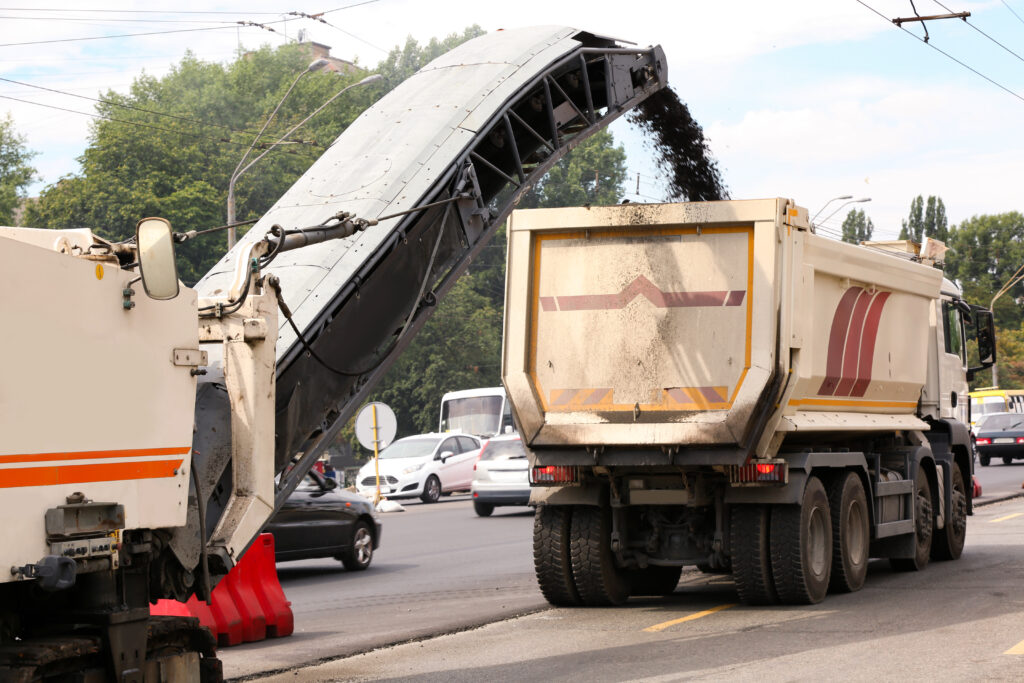
When Is Asphalt Milling Needed? Recognizing the Signs
Your asphalt pavement represents a significant investment, and recognizing early warning signs of deterioration is essential for long-term cost savings and surface longevity. Uneven pavement, bumps, and severe cracking can create trip hazards and non-compliance with ADA (Americans with Disabilities Act) standards. Milling helps create a smooth, accessible, and safe surface for pedestrians and vehicles alike.
Here are common signs and situations indicating that asphalt milling is likely needed:
1. Widespread Cracks and Potholes
If your asphalt surface exhibits extensive cracking or multiple potholes, it indicates advanced surface degradation. Without intervention, these issues worsen over time, leading to costly structural failures. Milling eliminates the damaged layer and prepares the base for a strong overlay, which directly relates to why potholes form and how to prevent them through proper pavement care.
2. Poor Drainage and Water Ponding
Standing water on your pavement is a clear sign of grading or drainage deficiencies. These conditions accelerate pavement deterioration and create hazardous driving conditions. Milling corrects surface elevations, restoring proper drainage flow and reducing water damage risks.
3. Aging Asphalt Surface
Over time, asphalt naturally deteriorates due to exposure to traffic loads, weather conditions, and oxidation. If your pavement is nearing the end of its service life, milling and paving provide a cost-effective solution to restore structural integrity and visual appeal.
4. Traffic-Induced Wear and Surface Rutting
High-traffic areas are prone to rutting, depressions, and surface wear, impacting both safety and ride quality. Asphalt milling eliminates these defects, ensuring a level surface and enhanced durability under continuous traffic loads.
If your pavement is showing any of these signs, Asphalt Coatings Company is ready to provide expert mill and pave services.
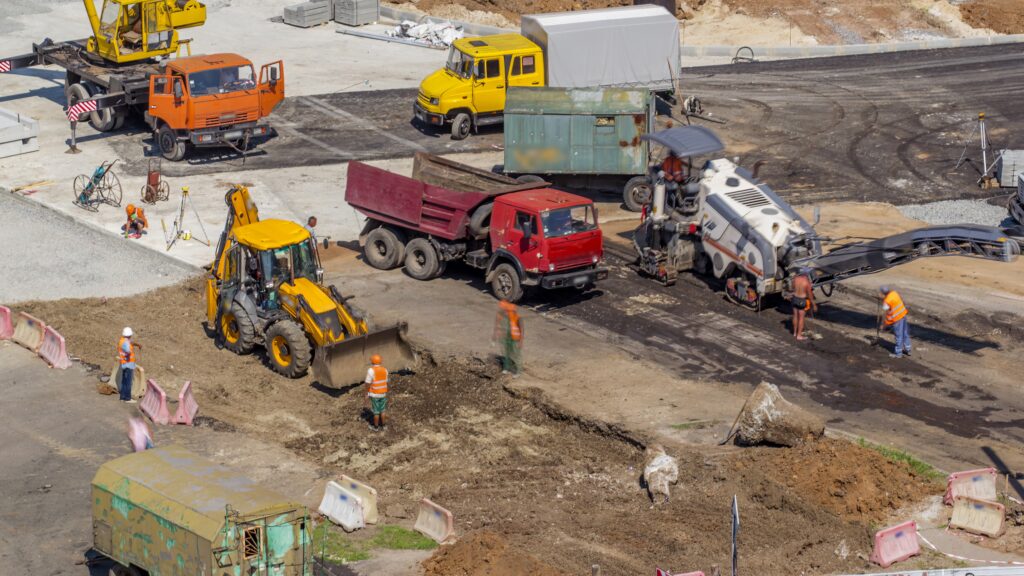
Situations Where Asphalt Milling Excels:
- Commercial Parking Lot Renovations: For businesses looking to revitalize their parking areas, milling is an ideal solution for addressing surface damage and supporting ongoing parking lot maintenance, enhancing customer appeal without the disruption and cost of a full replacement. In fact, milling & paving improves parking lot safety while also extending surface life. It plays a vital role in improving road safety and pavement durability, extending the lifespan of your asphalt investment.
- Restoring Asphalt Roads with Surface Damage: Municipalities and road authorities often utilize milling for road resurfacing projects, efficiently addressing surface wear and tear on highways, city streets, and rural roads.
- Fixing Bumps and Irregularities in Residential Driveways: Homeowners can benefit from milling about correcting unevenness, eliminating bumps, and preparing their driveways for a smooth and aesthetically pleasing new asphalt surface.
- Government Road Repairs for Cost Savings: Public works departments frequently choose milling for its cost-effectiveness in maintaining and repairing road infrastructure, allowing for efficient allocation of taxpayer funds.
How Does Asphalt Milling Work?
Asphalt milling is executed through a precise, multi-step process designed to ensure efficiency and optimal pavement restoration.
- Pavement Inspection and Depth Determination
A comprehensive pavement evaluation is conducted by asphalt specialists to assess surface distress, structural deficiencies, and overall degradation. This assessment includes identifying issues such as alligator cracking, rutting, or pothole formation.
Based on these findings, engineers determine the optimal milling depth ranging from surface milling (removing only the top layer) to full-depth milling (eliminating multiple layers to address severe structural damage). This assessment is critical for tailoring the milling process to the specific needs of commercial asphalt paving.
- Milling Machine Operation
Advanced milling machines equipped with high-speed rotating drums and carbide cutting teeth systematically grind the designated asphalt layers. Operators utilize precise controls to ensure uniform depth removal, maintaining surface evenness and preventing unnecessary damage to the underlying base.
Cold milling, the most common type, is performed without heating the asphalt, making it energy-efficient.
- Asphalt Removal and Recycling
As the milling machine grinds the asphalt, the removed material known as reclaimed asphalt pavement (RAP) is immediately transferred via conveyor belts into transport trucks. RAP is a highly valuable material that is routinely recycled into new asphalt mixtures, significantly reducing environmental impact and minimizing raw material consumption. This sustainable practice aligns with modern asphalt industry standards for eco-conscious pavement rehabilitation.
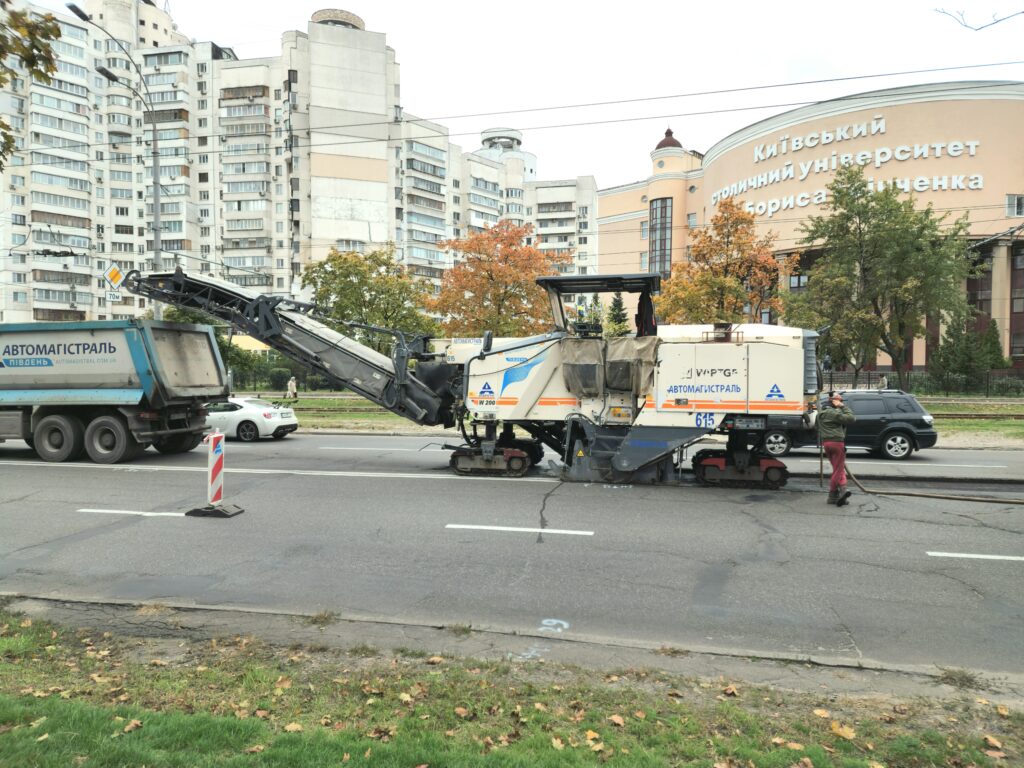
- Surface Cleaning and Preparation
Once milling is complete, the exposed surface is thoroughly cleaned to eliminate loose debris, ensuring optimal adhesion for the new asphalt overlay. In cases where additional bonding is required, a tack coat (an adhesive emulsion) is applied to enhance the interface between the milled surface and the fresh asphalt layer.
- New Asphalt Paving
The final phase involves the placement of a high-quality hot mix asphalt (HMA) layer over the milled surface. This new layer seamlessly integrates with the existing pavement structure, restoring durability, ride quality, and overall pavement performance. To extend these benefits, it’s crucial to maintain your pavement after a mill & pave through proper care and routine upkeep.
Key Insights: Asphalt Milling
- Environmentally Friendly Recycling: Asphalt milling is inherently eco-friendly because it reuses 99% of the removed asphalt material, minimizing landfill waste and promoting sustainable practices.
- Seamless Pavement Integration: Milling ensures a smooth transition and strong bond between the old and new pavement layers, preventing future issues and creating a unified structure.
- Cost and Time Efficiency: Compared to full pavement replacement, milling significantly reduces project time, labor costs, and material expenses, making it a highly efficient repair method.
According to the National Asphalt Pavement Association, the asphalt industry remains the country’s most diligent recycler, with more than 99 percent of reclaimed asphalt pavement being put back to use.
Benefits of Asphalt Milling vs. Other Repair Methods
When considering pavement repair, you have several options. Let’s compare asphalt milling with full replacement and patching to highlight its distinct advantages:
| Feature | Asphalt Milling | Full Replacement | Patching |
| Cost-Effective | ✅ Lower cost than replacement | ❌ Expensive, high material/labor costs | ✅ Affordable for small, localized repairs |
| Eco-Friendly | ✅ 100% Recyclable Asphalt | ❌ Wastes old asphalt, landfill burden | ❌ Uses new materials, less sustainable |
| Time-Saving | ✅ Quick and efficient process | ❌ Longer downtime, disruptive | ✅ Fast for immediate fixes, temporary |
| Durability | ✅ Long-lasting, strong base for overlay | ✅ High durability, new pavement | ❌ Short lifespan, often temporary |
Frequently Asked Questions (FAQs)
Is asphalt milling the same as asphalt grinding?
No. While both processes involve removing layers of asphalt, they serve different purposes. Asphalt Milling Colorado is a precision-driven process that removes specific pavement depths to prepare for resurfacing, whereas asphalt grinding is primarily used to smooth out minor surface imperfections without significantly altering pavement depth.
How soon can vehicles drive on a milled surface?
Traffic can typically resume immediately after milling is completed. However, a milled surface is not a permanent driving solution. To restore optimal ride quality and long-term durability, a fresh asphalt overlay should follow the milling process.
Does asphalt milling require a permit?
Permitting requirements vary by municipality and project scope. For large-scale commercial or public roadway projects, permits are often mandatory. It is advisable to consult with local city or county authorities before initiating any asphalt milling work to ensure full regulatory compliance.
Is asphalt milling a good option for severely damaged pavement?
Milling is effective for surface-level damage, such as cracks, ruts, and potholes. However, if the pavement has extensive base failure, full-depth reconstruction may be required instead.
Can you seal the coat over milled asphalt?
Yes, but it’s generally not recommended as a long-term solution. Seal coating is best suited for protecting new asphalt or asphalt in good condition. After milling, applying a new layer of asphalt overlay is the standard and most effective next step.
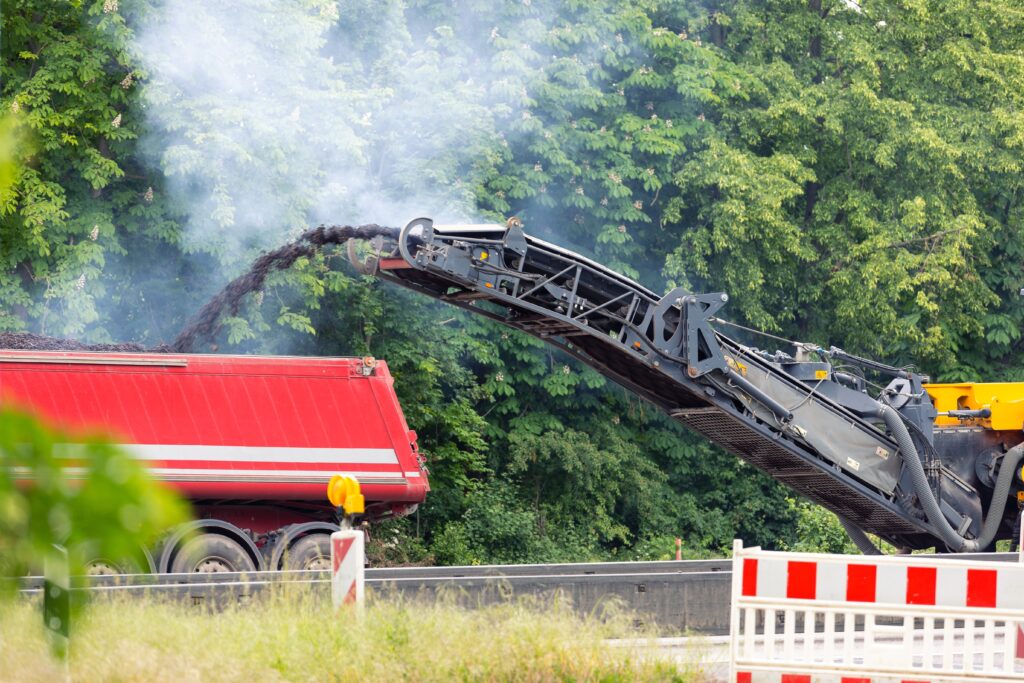
Maximize Pavement Longevity with Asphalt Milling
Asphalt milling stands out as a remarkably intelligent solution for pavement repair. It’s not just about fixing cracks and potholes; it’s about strategically restoring your pavement’s surface while maximizing your investment. By choosing milling, you’re opting for a method that is cost-effective, environmentally responsible, and delivers long-lasting results.
Whether you manage a commercial property, oversee municipal roads, or need driveway improvements, understanding what asphalt milling is and when it’s needed empowers you to make informed decisions about pavement maintenance. Don’t let damaged asphalt detract from your property’s value and safety.
Ready to explore if asphalt milling is the right solution for your pavement?
Need asphalt milling for your property? Contact Asphalt Coatings Company today for a free quote!

